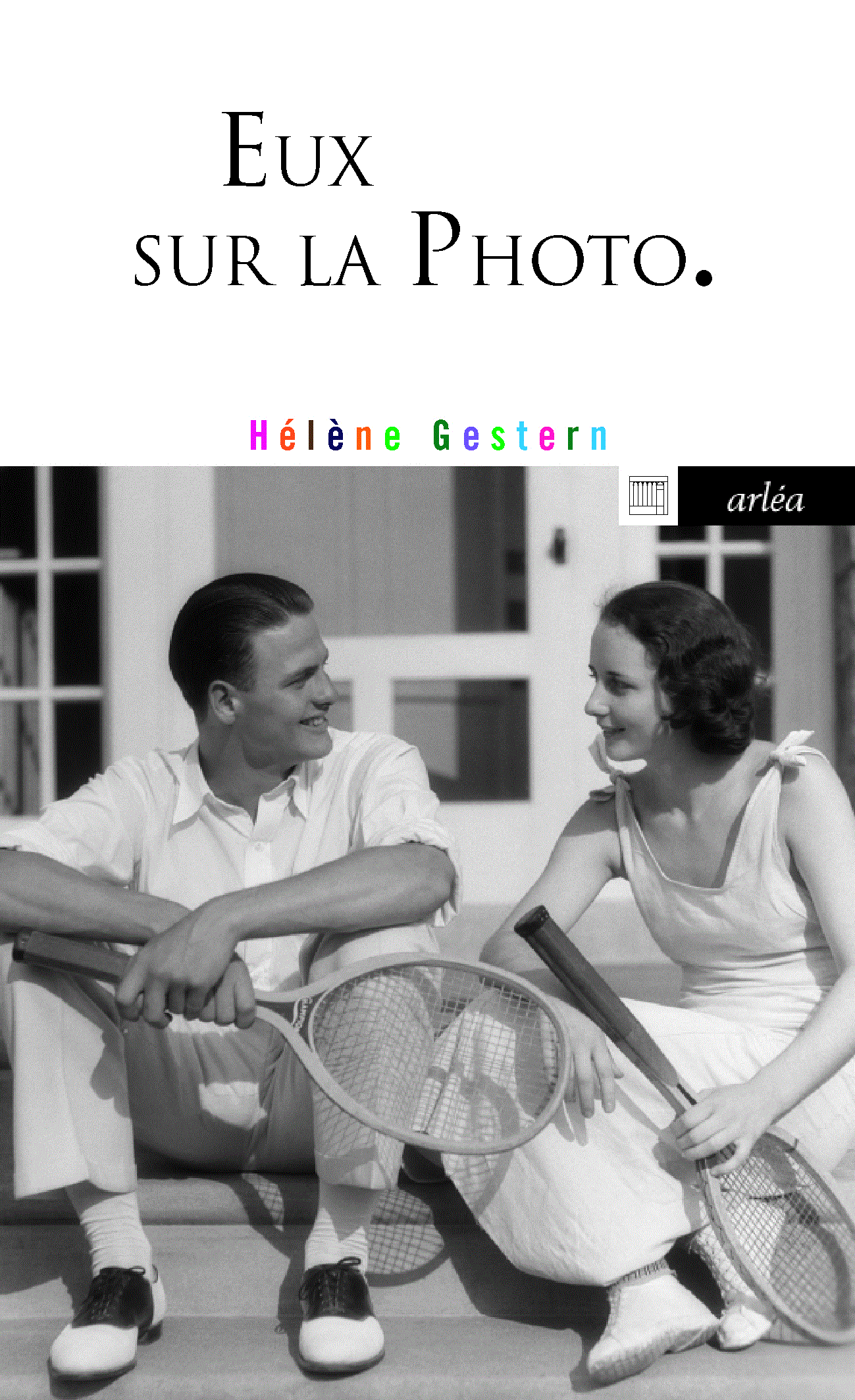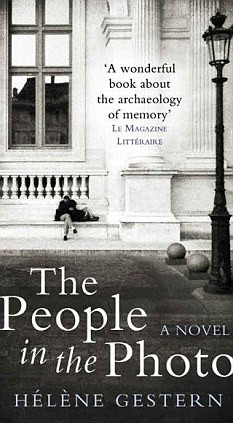 posted by Catriona Seth
posted by Catriona Seth
Published in 2011, Eux sur la photo (translated into English in 2014 as The People in the Photo) is the first novel by Hélène Gestern who has published three more since, all to critical acclaim, including her most recent one, L’Odeur de la forêt (2016), which is on the longlist of the prestigious ‘Fémina’ book prize. Eux sur la photo, which won several literary prizes in France, is about a young woman’s quest for her origins. She was only a very small child when her Mother died and she wants to learn about the woman she hardly knew. She finds a photograph and her hunt for clues starts there. As the story unwinds, we get to know more about her and about Stéphane who recognises his Father next to Hélène’s Mother on the snapshot when she has it published in a newspaper column in an attempt to get to gather information. The characters join forces to fill in the blanks as they face the fact that they have a common background about which they knew nothing. Their investigation of their parents’ past becomes a voyage of self-discovery as they learn to trust each other and their feelings. The book is also a reflection on memory and memories as well as on the power of photographs both to reveal and to conceal scenes and sentiments. There are descriptions of different pictures and various documents like letters, text messages and emails. This means the pace is varied but also that there is never a dull moment and the chapters are short and compelling.
Here is the blurb from the back of the book—what the French call the ‘quatrième de couverture’:
Une petite annonce dans un journal comme une bouteille à la mer : Hélène cherche la vérité sur sa mère, morte lorsqu’elle avait trois ans. Son seul indice : deux noms sur une photographie retrouvée dans les papiers de famille. Une réponse arrive : Stéphane a reconnu son père.
Commence alors une longue correspondance, parsemée de détails, d’abord ténus puis plus troublants. Patiemment, Hélène et Stéphane remontent le temps, dépouillant des archives et cherchant dans leur mémoire. Peu à peu, les histoires se recoupent, se répondent, forment un récit différent de ce qu’on leur avait dit.
Parsemer : To scatter
Ténu : Tenuous
Troublant : Unsettling
Dépouiller : Here, it means to scrutinise or to examine something thoroughly.
Se recouper : Here, to overlap.
This is the first paragraph of the book itself:
Le photographe a fixé pour toujours trois silhouettes en plein soleil, deux hommes et une femme. Ils sont tout de blanc vêtus et tiennent une raquette à la main. La jeune femme se trouve au milieu : l’homme qui est à sa droite, assez grand, est penché vers elle, comme s’il était sur le point de lui dire quelque chose. Le deuxième homme, à sa gauche, se tient un peu en retrait, une jambe fléchie, et prend appui sur sa raquette, dans une posture humoristique à la Charlie Chaplin. Tous trois ont l’air d’avoir environ trente ans, mais peut-être le plus grand est-il un peu plus âgé. Le paysage en arrière-plan, que masquent en partie les volumes d’une installation sportive, est à la fois alpin et sylvestre : un massif, encore blanc à son sommet, ferme la perspective, en imprimant à la scène une allure irréelle de carte postale.
This scene of three people with their tennis rackets on a sunny day in the mountains is the photograph which sets Hélène’s thoughts in motion and makes her decide to find out more about her Mother’s past.
Bonne lecture !
